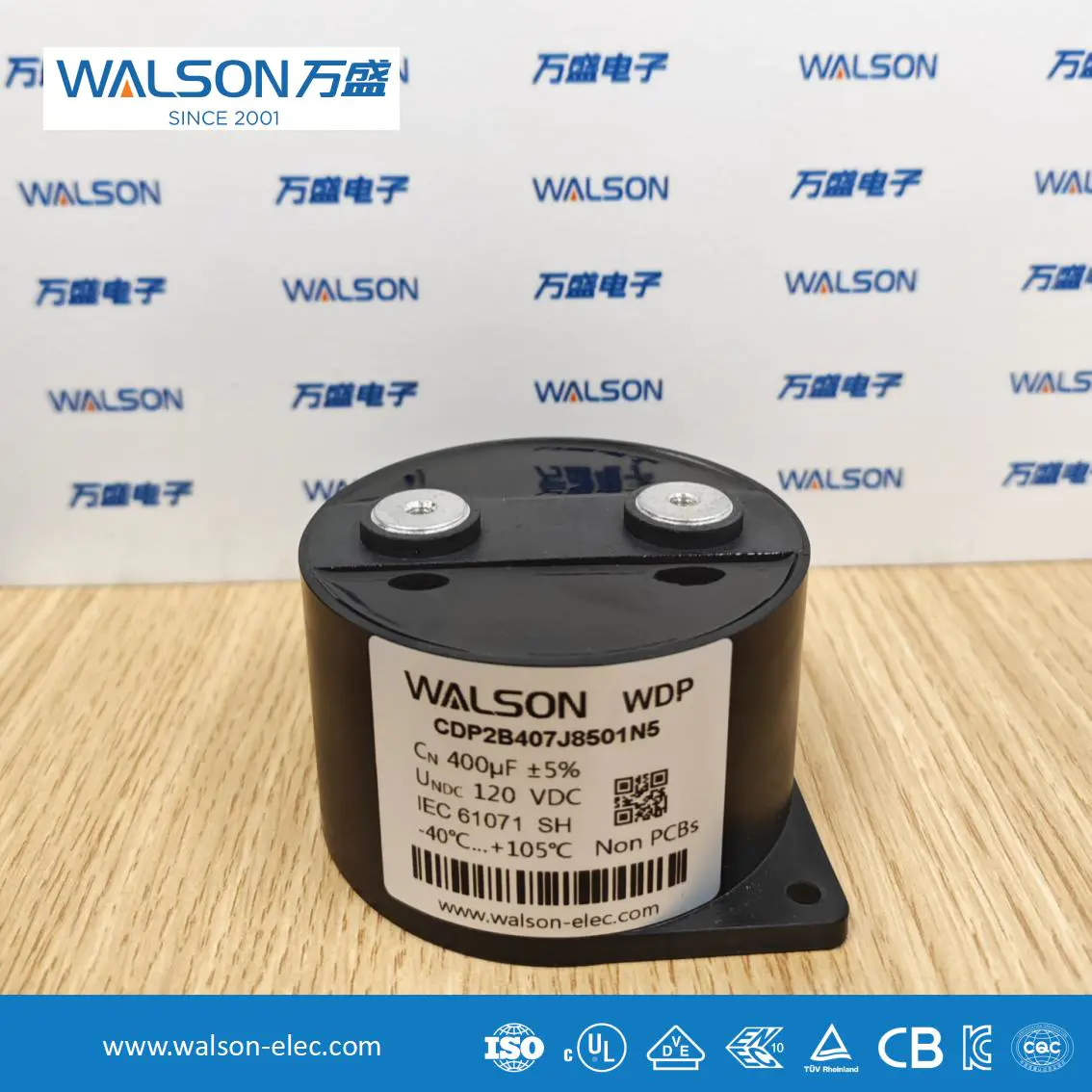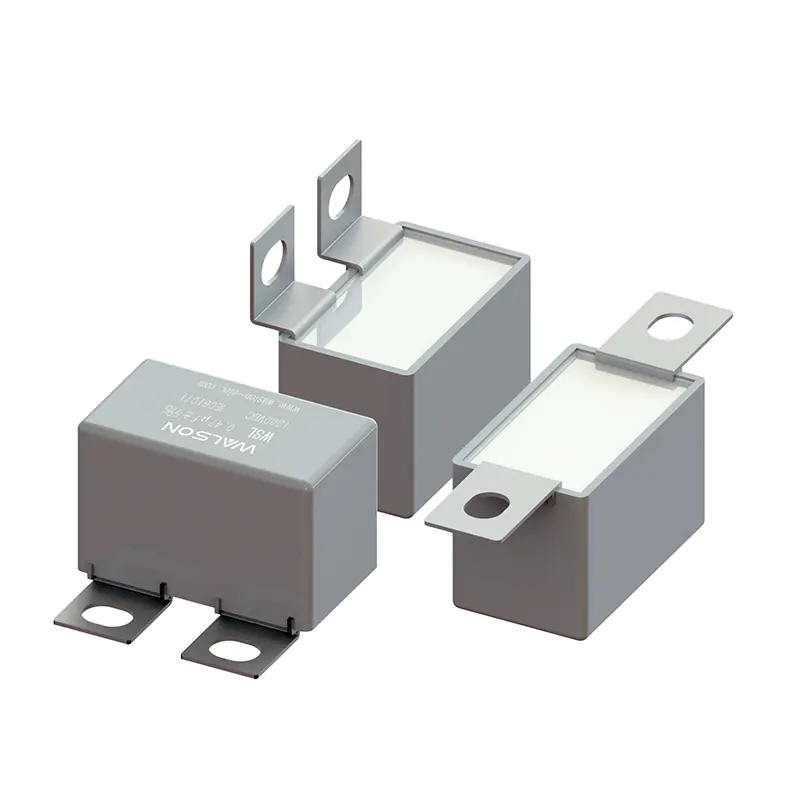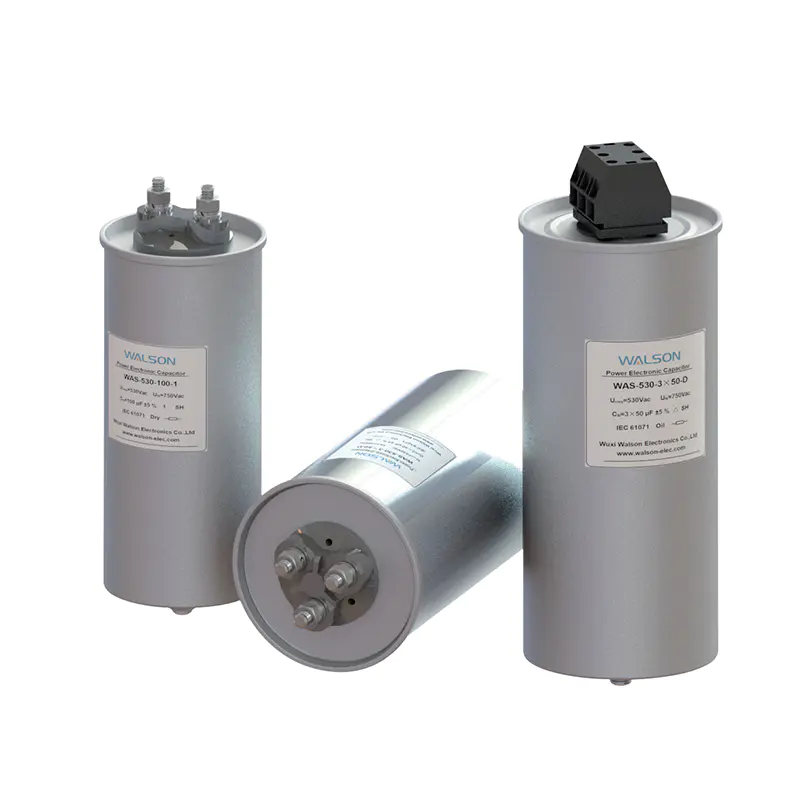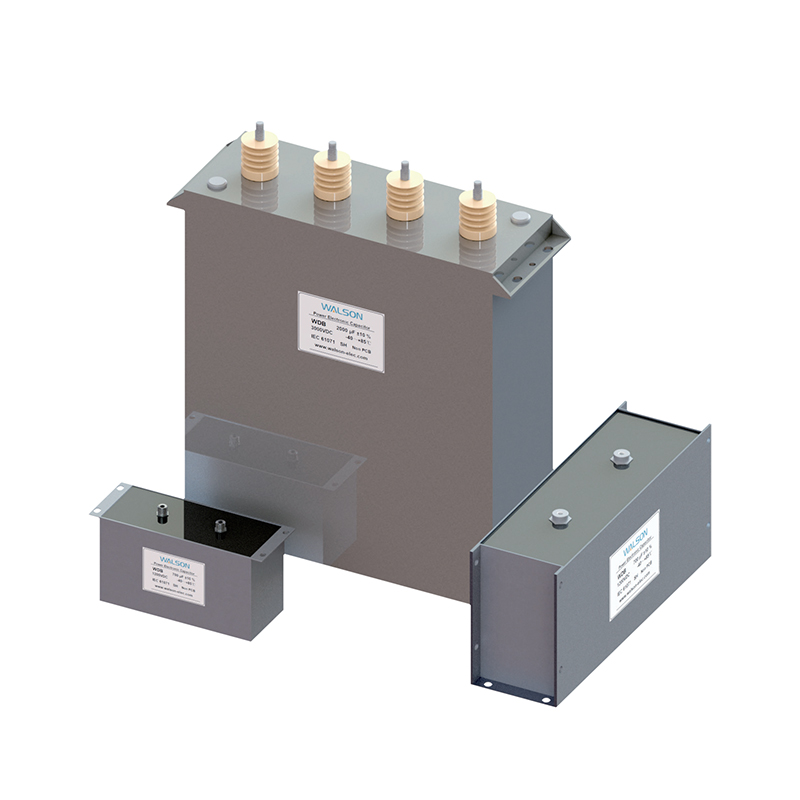- Home
- Products
- Applications
- Capacitors for Household Appliances
- Capacitors for Power Supply
- Capacitors for LED Lighting
- Capacitors for Mobile And DSL Appliances
- Capacitors for Automotive& Vehicles
- Capacitors for Photovoltaic Inverters
- Capacitors for Wind Power Plants
- Capacitors for Renewable Energy Systems
- Capacitors for Induction Heating
- Capacitors for Medical Equipments
- Capacitors for Industrial Control
- Capacitors for Power Electric
- Capacitors for Rail Transit
- Capacitors for Smart Grid
- Capacitors for University & Research Instituite (High Energy Physics)
- About Us
- News
- Contact Us
-
- Capacitors for Household Appliances
- Capacitors for Power Supply
- Capacitors for LED Lighting
- Capacitors for Mobile And DSL Appliances
- Capacitors for Automotive& Vehicles
- Capacitors for Photovoltaic Inverters
- Capacitors for Wind Power Plants
- Capacitors for Renewable Energy Systems
- Capacitors for Induction Heating
- Capacitors for Medical Equipments
- Capacitors for Industrial Control
- Capacitors for Power Electric
- Capacitors for Rail Transit
- Capacitors for Smart Grid
- Capacitors for University & Research Instituite (High Energy Physics)
Web Menu
- Home
- Products
- Applications
- Capacitors for Household Appliances
- Capacitors for Power Supply
- Capacitors for LED Lighting
- Capacitors for Mobile And DSL Appliances
- Capacitors for Automotive& Vehicles
- Capacitors for Photovoltaic Inverters
- Capacitors for Wind Power Plants
- Capacitors for Renewable Energy Systems
- Capacitors for Induction Heating
- Capacitors for Medical Equipments
- Capacitors for Industrial Control
- Capacitors for Power Electric
- Capacitors for Rail Transit
- Capacitors for Smart Grid
- Capacitors for University & Research Instituite (High Energy Physics)
- About Us
- News
- Contact Us
Product Search
Exit Menu
Capacitor Film Essentials: A Concise Overview

Capacitor Film Essentials: A Concise Overview
Capacitor film is a key component in capacitors, and its performance directly affects the application effect of capacitors. The following is a summary of the core knowledge of capacitor film:
1. Types and Characteristics of Capacitors
Electrolytic Capacitors: High capacitance, suitable for low-frequency filtering and energy storage, but limited lifespan and poor high-frequency performance.
Ceramic Capacitors: Compact size, excellent high-frequency performance, ideal for decoupling and bypass, but capacitance varies with temperature/voltage.
Film Capacitors: Low loss, high stability, long lifespan, suitable for high-frequency and high-voltage applications.
Supercapacitors: Ultra-high capacitance, fast charge/discharge, but low operating voltage, ideal for instantaneous high-current supply.
2. Advantages of Film Capacitors
Material Properties: Polypropylene (PP) films feature ultra-low loss (tanδ ≤ 0.0005), high voltage resistance, and self-healing capabilities.
Applications: Include power circuits (EMI suppression, DC-Link capacitors), power electronics (inverters, converters), new energy vehicles (on-board chargers, motor drives), and high-end audio equipment.
3. Technical Requirements for PP Film Capacitors
New Energy Vehicles: Ultra-thin (2.0–2.9μm), high-temperature resistance (105–125°C), and vibration resistance.
Photovoltaic/Wind Power: High voltage resistance (breakdown voltage >600 V/μm) and long lifespan (20+ years).
Consumer Electronics: Miniaturization (thickness ≤5μm), high-frequency response, and cost efficiency.
Power Systems: Moisture resistance (water absorption <0.01%) and roughened surface design for improved heat dissipation.
4. Future Trends
Material Innovation: Development of high-temperature-resistant (>140°C) polymers and ultra-pure PP resins.
Ultra-Thin Films: Breakthroughs in ≤2μm film production to meet demands in new energy sectors.
Market Growth: Surging demand in new energy vehicles and renewable energy, with Asia-Pacific leading production capacity.
Challenges: Cost control, long production expansion cycles, and technological breakthroughs for emerging applications (e.g., composite current collectors).


 简体中文
简体中文 English
English Español
Español




